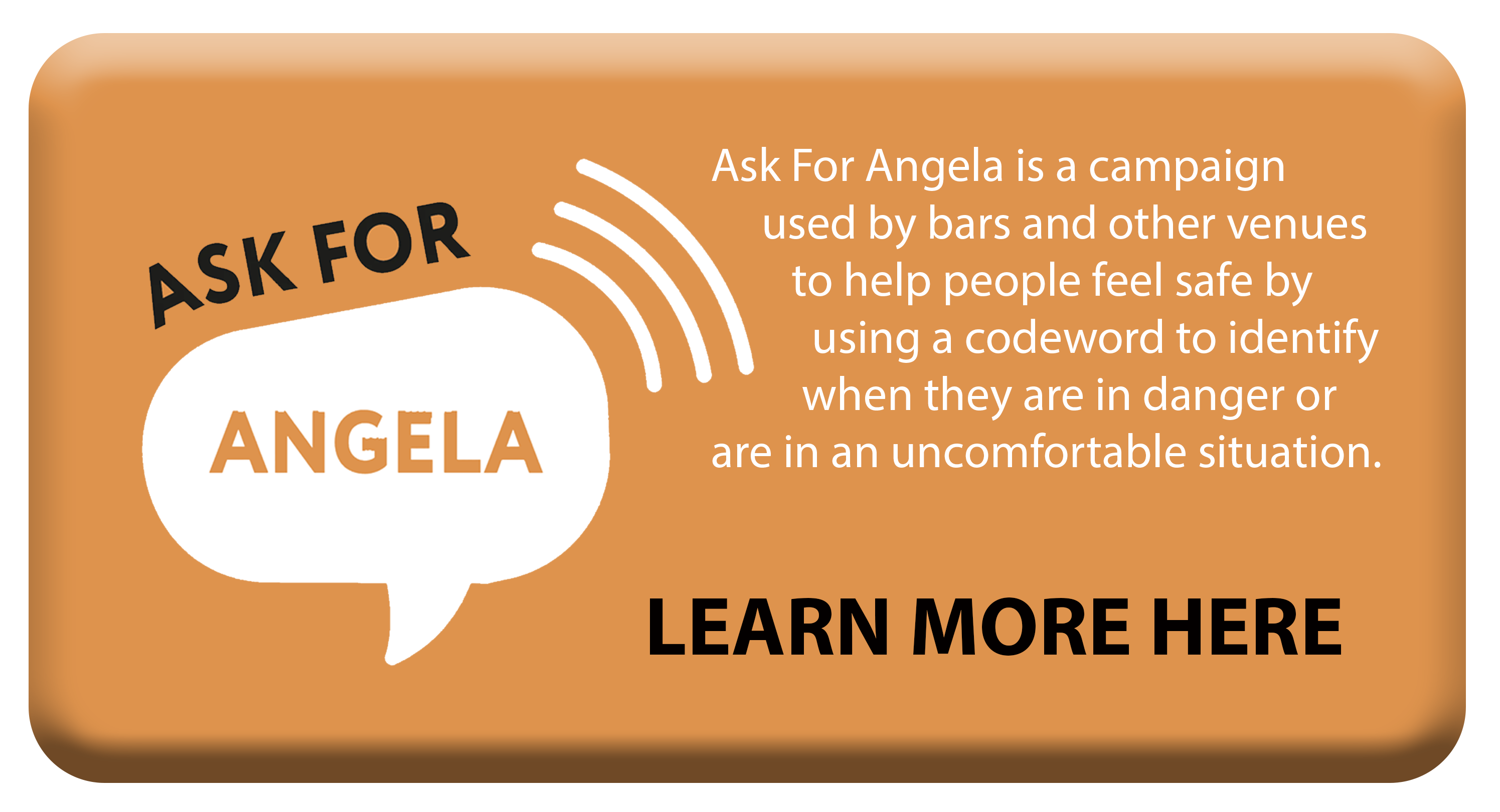A job in Security can be difficult; dealing with members of the public in challenging circumstances and often placing yourselves in harm’s way. The SIA (Security Industry Authority) have provided some guidance on good practice to help you continue to protect the public and keep yourself safe.
Helping Vulnerable People
When working in the night-time economy you have an important role to identify and support people who may be vulnerable.
Look out for signs of vulnerable individuals, who might be:
- under the influence of alcohol or drugs
- alone or receiving unwanted attention
- separated from friends
- lost or isolated
- being followed or threatened
- victims of child exploitation
- under the age of 18
- elderly
- with mental ill-health
- with learning, physical, or a range of invisible disabilities

If you are concerned about someone’s ability to get home safely, please consider the following:
- seek the help of street pastors, street marshals or any other active schemes
- call a relative to help in the case of a younger or vulnerable adult
- get a taxi or private hire vehicle for the person concerned (private hire vehicles must be booked through a licensed operator by phone, app or at a booking office; taxis can be hired the same way or hailed in the street or at a taxi rank)
- use ‘safe havens’ or other local initiatives run by organisations such as St John’s Ambulance
- call the police
Safety Culture Survey
We feel the incidents of abuse security personnel are subjected to occur happen too frequently and all of us are guilty of accepting this as part and parcel of the job.
We have crated a survey to get your opinions on the Safety Culture in Security and want to here your views. You can complete the survey at: Safety Culture Survey
The relevant results of this survey will be shared with IPSA International Professional Security Association to raise awareness within governing bodies.
SIA Training Video
Door supervisors play a vital role in keeping the public safe - especially if you’re working in clubs and bars during busy periods. Please watch this SIA video with reminders of your training in ways to spot and help people in vulnerable situations. Your skills can help protect the public from predatory behaviour, spiking, and sexual assault.
Video Link: www.youtube.com/watch?v=5dEv2Cz7MKk
Overdose Factsheets
The International Overdose Awareness Campaign have provided factsheets, that you can download on the following overdose types:
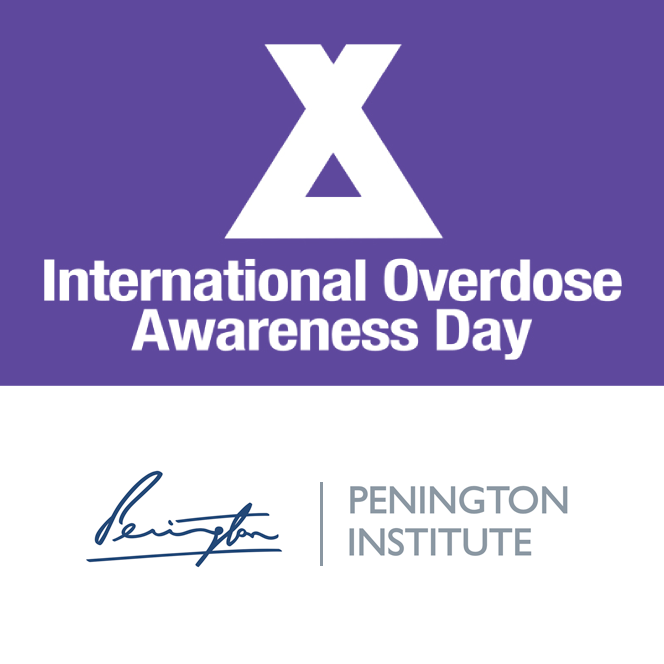
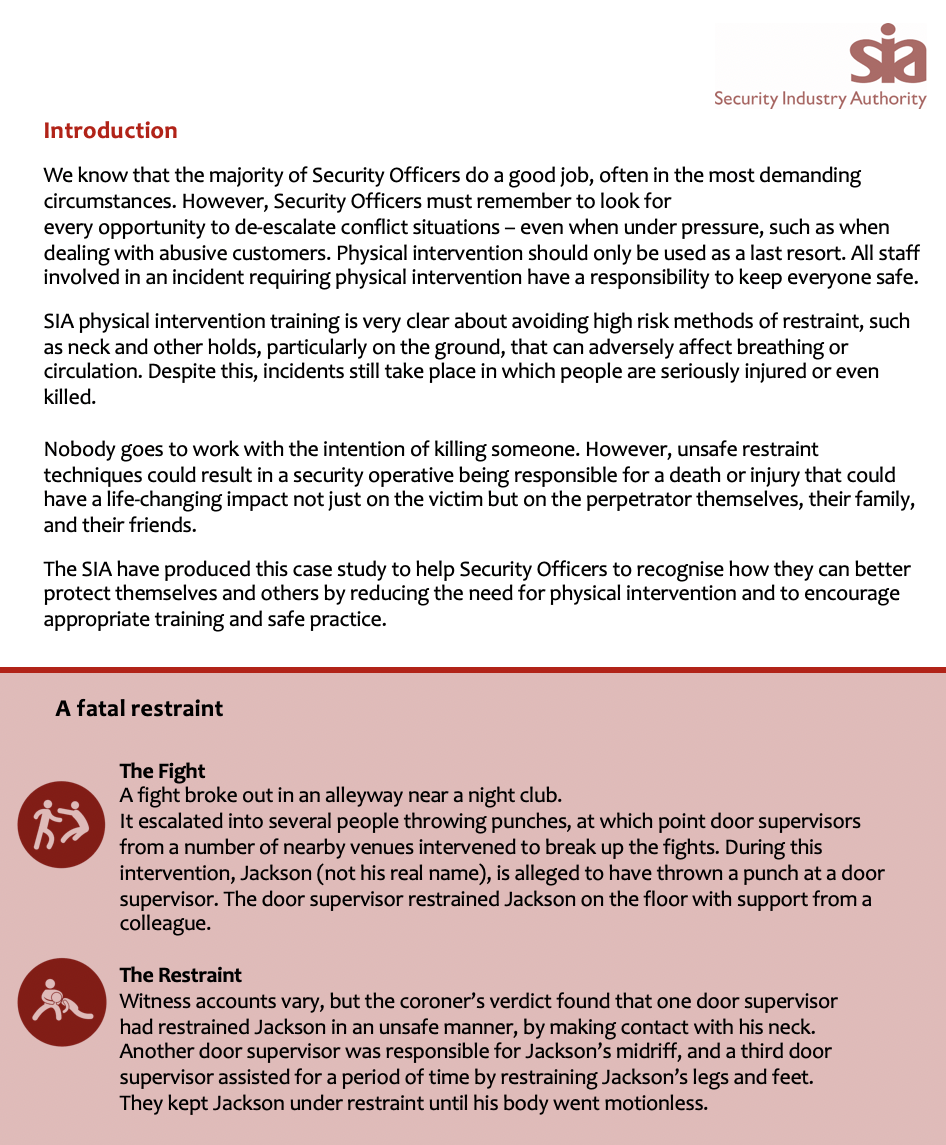
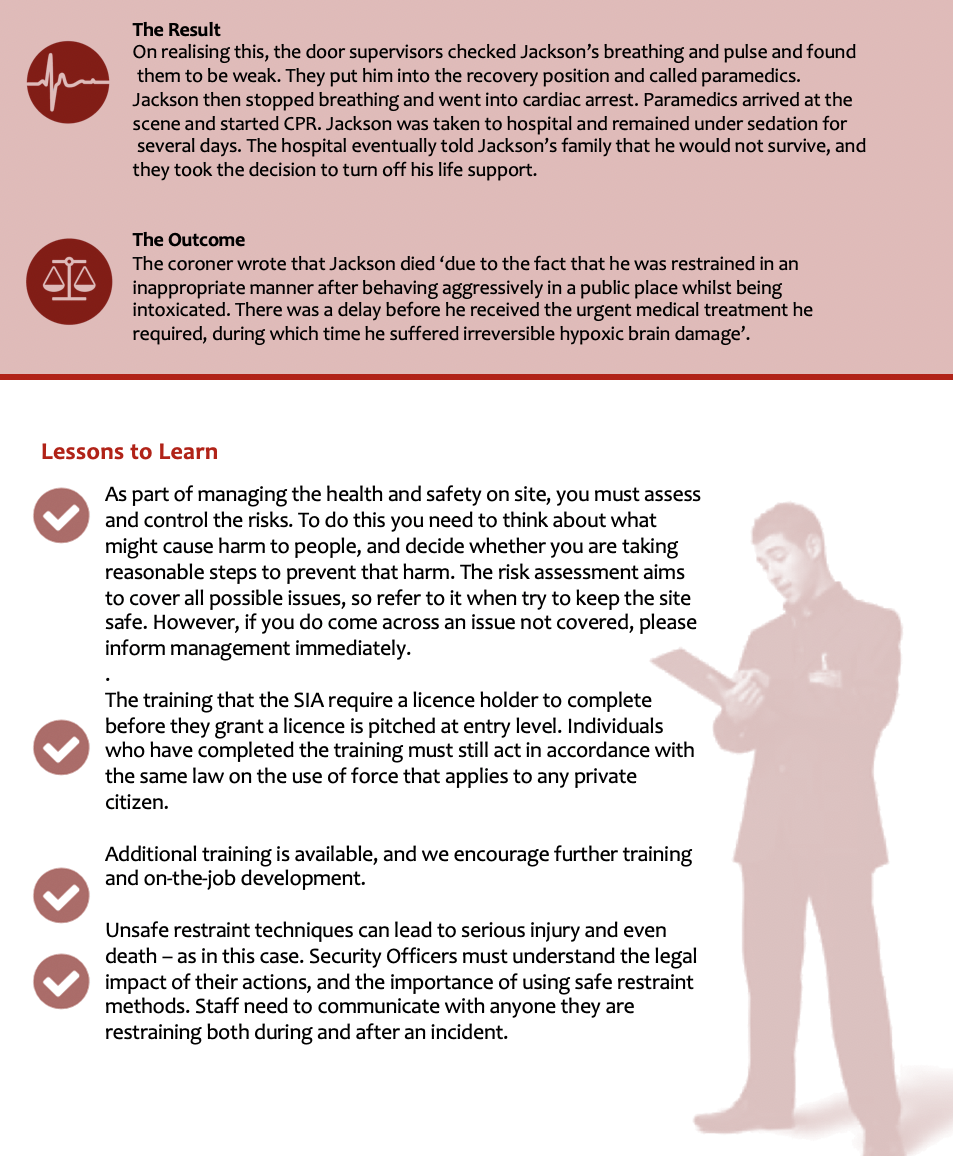
Physical Intervention to Avoid
You should only use physical intervention as a last resort and never use more force than is necessary.

- Avoid high risk methods of restraint, such as neck holds and other holds that can damage the spine and adversely affect breathing or circulation
- Positional asphyxia typically occurs during forceful restraint involving weight or pressure on the torso
- Avoid high risk positions including ground restraints
Use of Force
I agree that any force I use will only be used as a last resort and only when alternatives have failed. I agree that I will use good communication and conflict management skills to resolve potential violent situationsI understand that I must account for any use of force, and that any force I do use must be reasonable, necessary and proportionate in the circumstances. I confirm that I understand how and when to record incidents and near misses and informed of the location of the incident report book to record incidents I have witnessed or been involved in. I am aware of locations of the preferred ejection routes and that this is due to CCTV coverage in these areas which will protect my reputation and reassure the ejected customer. I have been informed of which restraint techniques are to be avoided as illustrated above and I agree to avoid their use. I have been informed of the codes used for communication i.e. in the event of a fire, fight, drugs or assistance required. I have been assessed and deemed competent in basic skills for radio communication. I can confirm my awareness of the process of signing in & out, and the re-charging of radios and reporting faulty radios to the HDI can confirm I have read and understand the physical intervention guidance provided in this assignment manual.
I will use my own skill, experience and judgement in providing these services
Positional (or restraint) asphyxia – what is it?
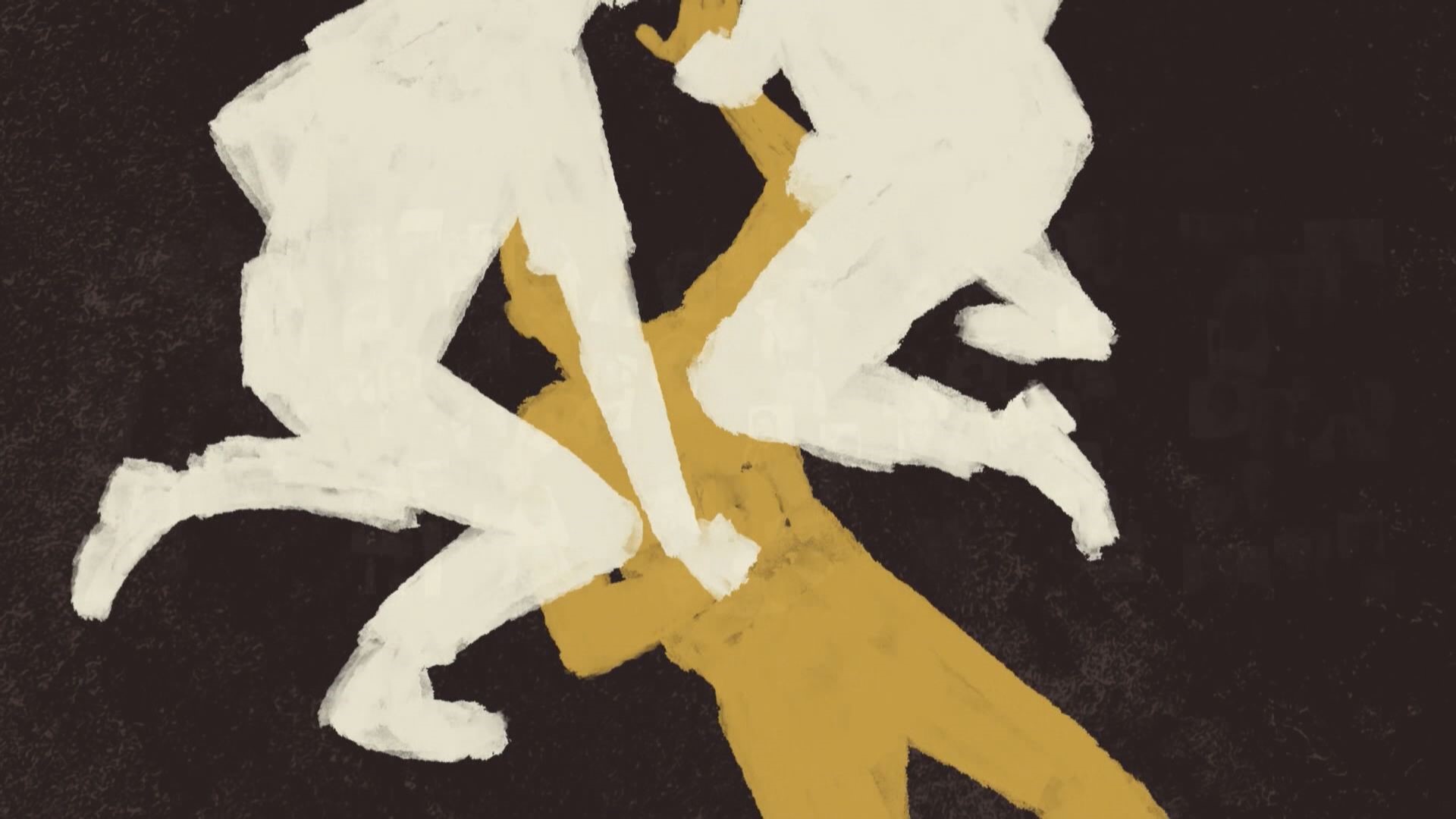
Positional asphyxia occurs mostly during ground restraints, although can also occur in other positions. This is where a person is held forcefully, face down or face up, on the floor. Many people have died as a result of positional asphyxia during forceful restraint. Others have suffered permanent brain damage linked to oxygen deprivation. You should avoid restraints that carry a heightened risk of positional asphyxia.
What can cause positional asphyxia?
Method of restraint: Positional asphyxia typically occurs during forceful restraint involving weight or pressure on the torso. All forceful restraints on the ground carry heightened risk.
Position: Forceful holds in certain positions increase risks of positional asphyxia. These positions include face up or face down restraint, either on the ground or another surface such as a bed or bar/counter. Also seated or standing positions where breathing and/or circulation are compromised e.g. by being bent forward.
Duration: The longer a person is held in a position and/or by a method carrying heightened risk of positional asphyxia, the longer their exposure to risk and subsequently potential for harm and death.
Follow your emergency procedures and training which can include:
- Immediately cease the restraint (if restraint was being applied)
- Check Airway – Breathing – Circulation (A-B-C)
- Place in the recovery position
- Call appropriate emergency services
- Commence CPR/defibrillator if necessary
- Provide emergency services with a briefing that includes anything known about the person affected that may help their assessment and treatment. Include details of any restraint including the method, position and duration.
Act on ‘red flags’ during or following a restraint
- Effort with breathing
- Blocked airway and/or vomiting
- Passivity or reduced consciousness
- Individual being non responsive
- Signs of head or spinal injury
- Facial swelling
- Evidence of alcohol or drug overdose Blueness around lips, face or nails
- Individual held complaining of difficulty breathing
- High body temperature, profuse sweating/hot skin
- Exhaustion
- Confusion, disorientation and incoherence
- Hallucinations, delusions, mania, paranoia
- Bizarre behaviour
- Extreme fear
- High resistance and abnormal strength
You should only use physical intervention as a last resort
Physical intervention can:
- Increase risks of harm to staff and customers
- Result in prosecution if use of force was unnecessary, excessive, or in any way unlawful
- Lead to allegations against staff and potentially loss of licence and/or work.
Examples of a ‘last resort’ situation include:
- Where necessary to prevent harm
- When other options have failed, or are likely to fail
- When it is not possible or appropriate to withdraw
Alternatives to Physical Intervention
Primary Controls:
- Use your training
- Follow the client’s safety and security policies, procedures and working practices
- Use of safety and security equipment (e.g. radio for summoning assistance, CCTV)
- Being positive and proactive in service delivery
Secondary Controls:
- Positive and effective interpersonal communication and the knowledge and skills of conflict management to de-escalate conflict situations and reduce the need for physical intervention
Your responsibility during physical intervention
- Use the least forceful option
- Maintain duty of care to the subject following restraint
- Respect the dignity of people being restrained wherever possible
- Provide appropriate medical attention to any person who appears to be injured or at risk
- Challenge unnecessary and excessive use of force by colleagues
- All staff involved in a physical intervention have a responsibility to ensure the safety of everyone involved
- Where more than one member of staff is involved in a physical intervention, one of them should take charge of the intervention
Your responsibility immediately after a physical intervention
- De-escalate a restraint at the earliest opportunity
- Maintain duty of care to the subject following use of force/restraint
- Provide appropriate medical attention to any person who appears to be injured or at risk
- Preserve evidence and secure witnesses
- Staff involved must fully report and account individually for their actions
- Tell the emergency services (if present) about the circumstances, position, duration and any difficulties experienced in a restraint event
Reducing the risks of physical intervention
- Choose the least forceful intervention practicable
- Avoid high risk positions including ground restraints
- Avoid high risk methods of restraint, e.g. neck holds
- Keep up communication between staff and the subject during and following restraint
- Monitor the wellbeing of the subject of intervention for adverse reactions
- Ensure that leadership and teamwork happens, e.g. someone taking a lead role while others support
- Ensure practice follows the procedures taught
- De-escalate physical intervention at the earliest opportunity
- Immediately release and assist subject if they complains/demonstrates signs of breathlessness or other adverse reactions
- Record and report restraints in line with a venue's procedures




